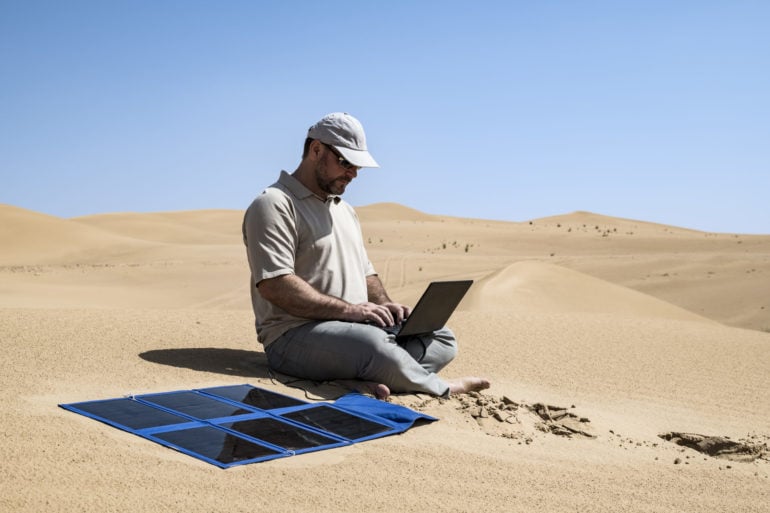For those lucky enough or able to, many Australians are now working remotely to help prevent the spread of COVID-19.
For some, this involves a shift in the way we work. Slack itself is functioning as a temporary all-remote company, with more than 2,000 people from 18 offices across 10 countries working from home due to the Coronavirus.
If you are working from home, navigating the situation for the very first time, working at a physical distance can pose a unique set of challenges. The key is to find new ways to stay connected with your team and to keep work moving forward.
Often, one of the challenges facing those working remotely is knowing where to start and what to prioritise.
Many businesses already allow at least some level of work-from-home flexibility. Slack and research firm GlobalWebIndex surveyed 17,000 knowledge workers across 10 countries in 2019 and discovered that 75% of employees were permitted to work from home.
Increasingly, remote work is no longer the exemption with technological advances, workplace demographic changes and more digital natives filling company ranks.
So with this in mind, here are my 3 Golden Rules rules to help make remote work more streamlined, more pleasant and more productive.
Be transparent
A common concern among many remote teams: is knowing where your colleagues are and what they are doing. Many teams use remote working as an opportunity to increase transparency and decrease unnecessary meetings and catch-ups. Phone calls and Zoom meetings can be set up through integrations via Google calendars and Slack channels, this decreases time spent switching between different applications.
Another way to remain transparent is, make sure you’re contactable and your team is clear on your goals and projects. Having an open and shared to-do list on channels or emails where you can tick off your tasks letting your team know where you are with projects. Ensuring you’re upfront about what you’re working on will create trust between you and your colleagues and you won’t find your boss suspiciously checking in for regular updates on your progress.
Set boundaries
Be clear when you’re working and when you’re not – it’s okay to switch off. If you take some time during the day to make a snack, keep your managers in the loop by letting them know. A great way to set boundaries for yourself and colleagues is by turning notifications off during the hours you are not working and use statuses on your communication tools to say when you’re busy, available or offline. Boundaries will help you and others to manage expectations — just because you’re working from home no-one expects you to be online from dusk till dawn.
Use technology
The average worker today will interact with a wide range of apps at work, logging on to one to request paid time off and then another to file an expense. It’s crucial that time spent working remotely includes seamless access to the apps you use the most. This is where a tool like Slack, which integrates with a range of other tools and softwares, can be very valuable.
Buffer, a social media company, created a handy round-up of Slack apps they use for remote work for their fully distributed staff. Making use of these tools and their various integrations will allow you to remain productive whether you’re in a cafe, on the move or at home with quick easy access.
Times have changed, we as businesses need to ensure we do our best to protect our staff and keep them safe. For day-to-day work, it’s also important that your teams remain aligned. Remember, keep communicating, respect boundaries and make full use of technology.
- Arturo Arrarte is the Head of Growth, APAC, at Slack.




















Trending
Daily startup news and insights, delivered to your inbox.